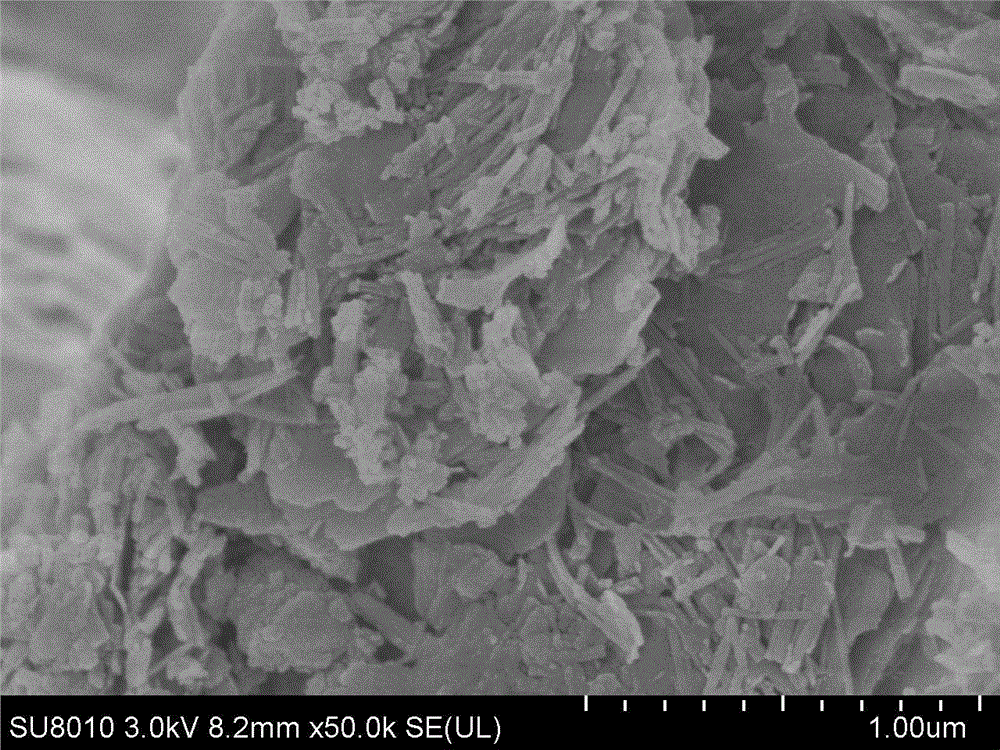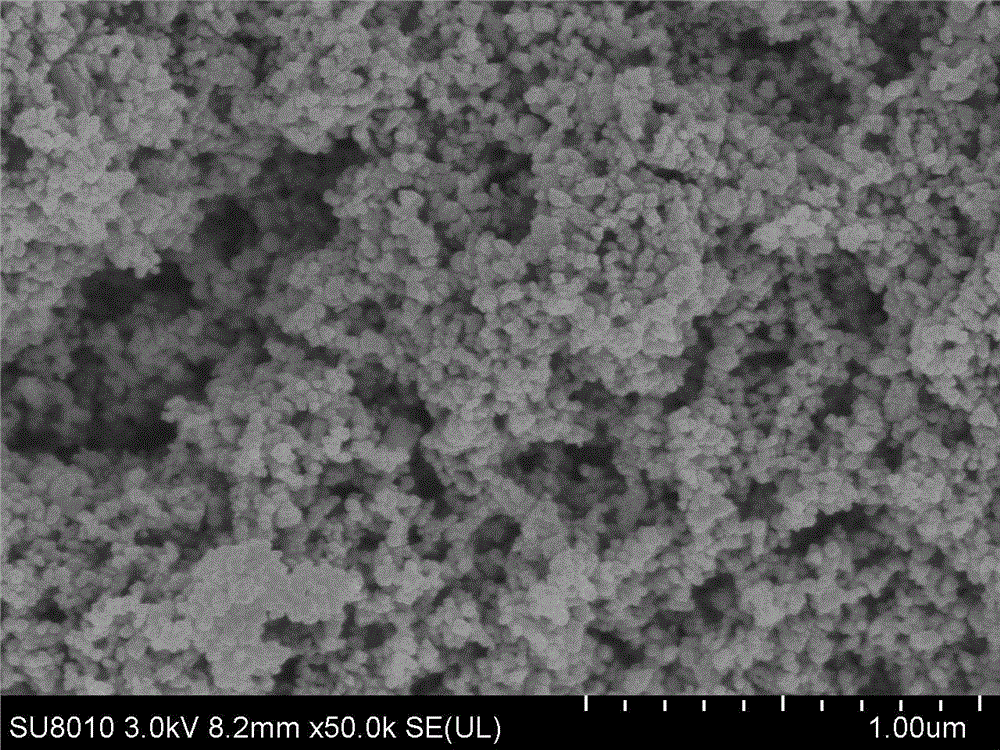Preparation method for adsorption photochemical catalysis composite material
A composite material and photocatalytic technology, which is applied in the field of preparation of adsorption photocatalytic composite materials, can solve the problems of destroying the lattice, inconvenient replacement, and reducing the activation performance.
- Summary
- Abstract
- Description
- Claims
- Application Information
AI Technical Summary
Problems solved by technology
Method used
Image
Examples
Embodiment 1
[0026] Preparation of Adsorbed Photocatalytic Composite Materials.
[0027] Use a commercially available high-quality waterproof honeycomb activated carbon, L×W×H=50mm×100mm×100mm, first use compressed air to blow off the powder on the grid surface of the honeycomb activated carbon and the inner surface of the honeycomb channel, and then use a mass concentration of 10 % dilute sulfuric acid solution to acidify the mesh surface of the honeycomb activated carbon and the inner surface of the honeycomb channel; The pH value of the liquid is constant at about 7.0, and then put the honeycomb activated carbon into the oven, and dry it at 100°C for 1h; take the TiO 2 Anatase nano-TiO with a mass fraction of 10% 2 Dispersion, TiO 2 The particle size is 10nm, and phosphorous acid (H 3 PO 3 ) solution, control the added H 3 PO 3 The mass fraction is 0.5%. Then ultrasonic waves were used to treat the nano-TiO after the phosphorous acid solution was added dropwise 2 Shake the dispe...
PUM
| Property | Measurement | Unit |
|---|---|---|
| Particle size | aaaaa | aaaaa |
Abstract
Description
Claims
Application Information
 Login to View More
Login to View More - R&D
- Intellectual Property
- Life Sciences
- Materials
- Tech Scout
- Unparalleled Data Quality
- Higher Quality Content
- 60% Fewer Hallucinations
Browse by: Latest US Patents, China's latest patents, Technical Efficacy Thesaurus, Application Domain, Technology Topic, Popular Technical Reports.
© 2025 PatSnap. All rights reserved.Legal|Privacy policy|Modern Slavery Act Transparency Statement|Sitemap|About US| Contact US: help@patsnap.com



